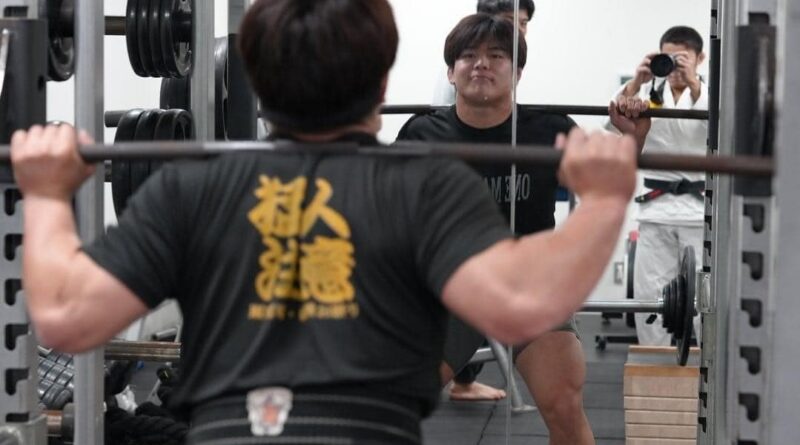Absolute and relative peak power and optimun load in back squat and bent-over row exercises in judo athletes
Campos, Bruno & Silveira-Rodrigues, João & Abad, Cesar. (2025). Absolute and relative peak power and optimum power load in Back Squat and bent-over row exercises in judo athletes: The role of body weight. International Journal of Sports Science & Coaching. 10.1177/17479541251341501.

ABSTRACT
This study aimed to compare absolute and relative peak power outputs at the optimal power load (OPL) between upper and lower limbs, as well as between lighter and heavier high-level judo athletes of both sexes. A total of 34 black belt judokas (26 men and 8 women) with extensive training backgrounds participated in this cross-sectional study. Athletes were tested during the pre-season for peak power output (PP) and OPL expressed as a percentage of body weight (OPL%BW) in two exercises: Back Squat (lower limbs) and Bent-Over Row (upper limbs). A linear encoder measured bar velocity and power output. Data were analyzed in absolute terms, relative to body mass, and using allometric scaling.
The results showed that male athletes exhibited significantly higher absolute PP than females in both exercises. Lighter athletes showed greater relative and allometric PP values than heavier athletes. No significant difference in absolute PP was found between upper and lower limbs. However, OPL%BW was significantly higher in the Back Squat compared
to the Bent-Over Row. No difference in OPL%BW was observed between weight categories. In conclusion, lower-limb exercises require a higher percentage of body mass to reach OPL, while power output is similarly developed in both limbs, likely due to sport-specific demands. These findings support the need for individualized training prescriptions based on limb, sex, and weight category to optimize performance in judo athletes.
KEYWORDS
Allometric scaling, body mass, muscle strength, sex differences weight categories
Donwload the full article HERE.

